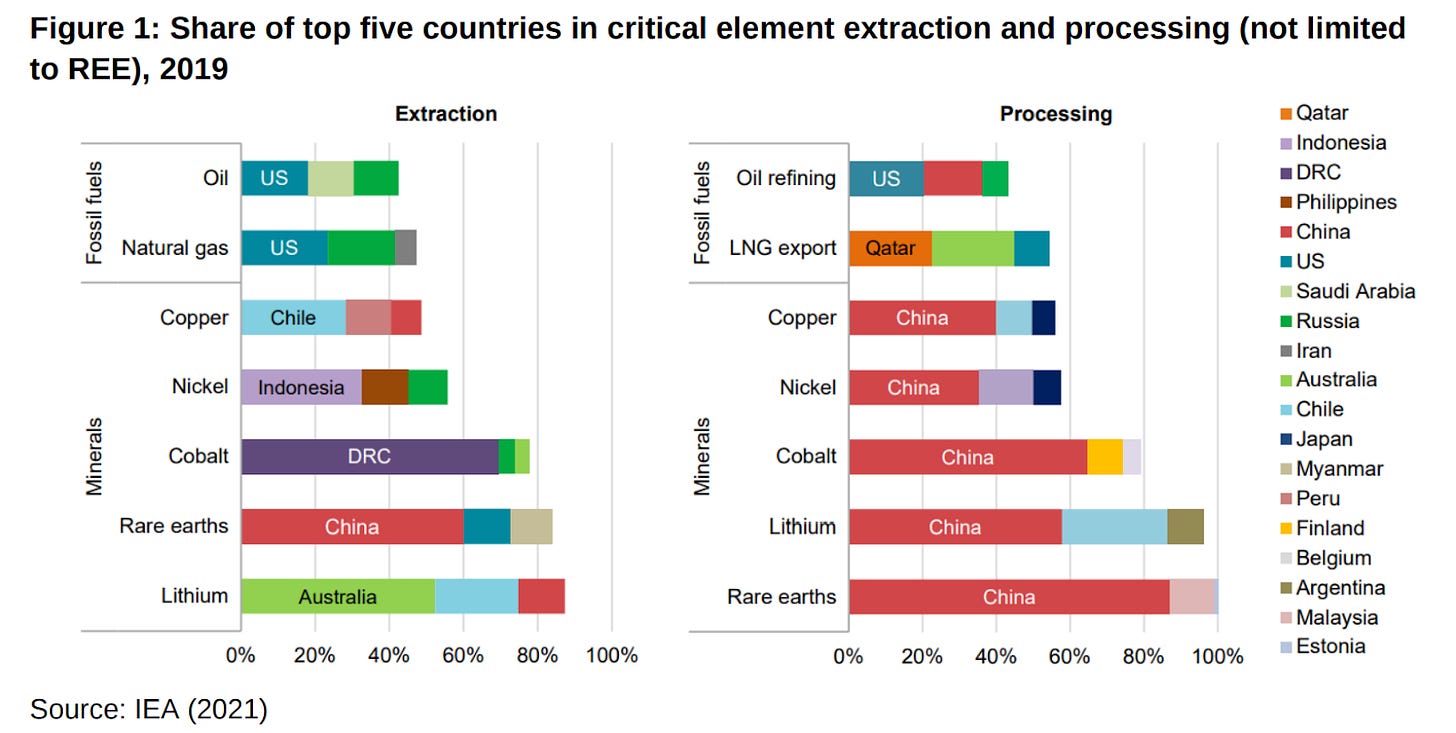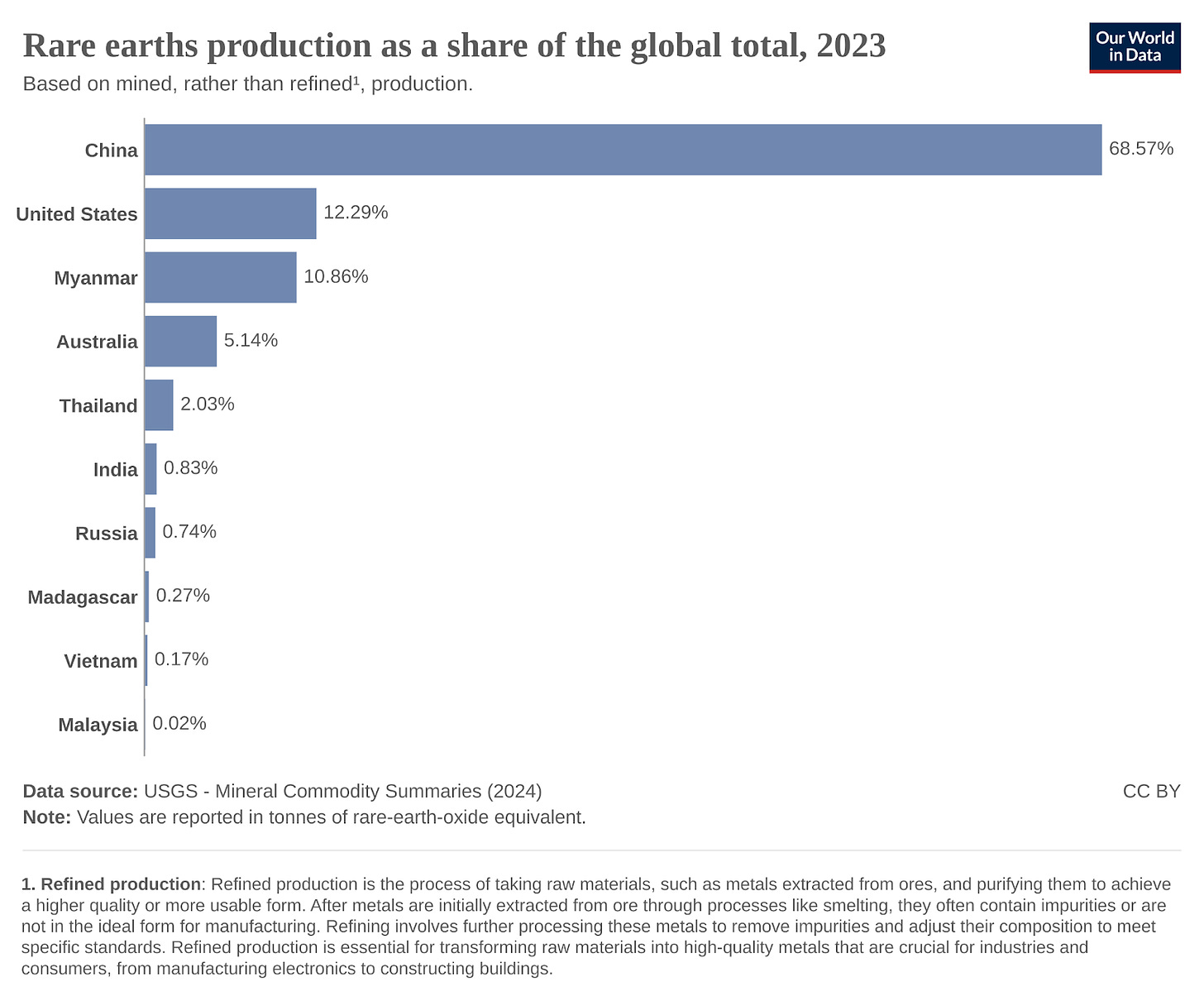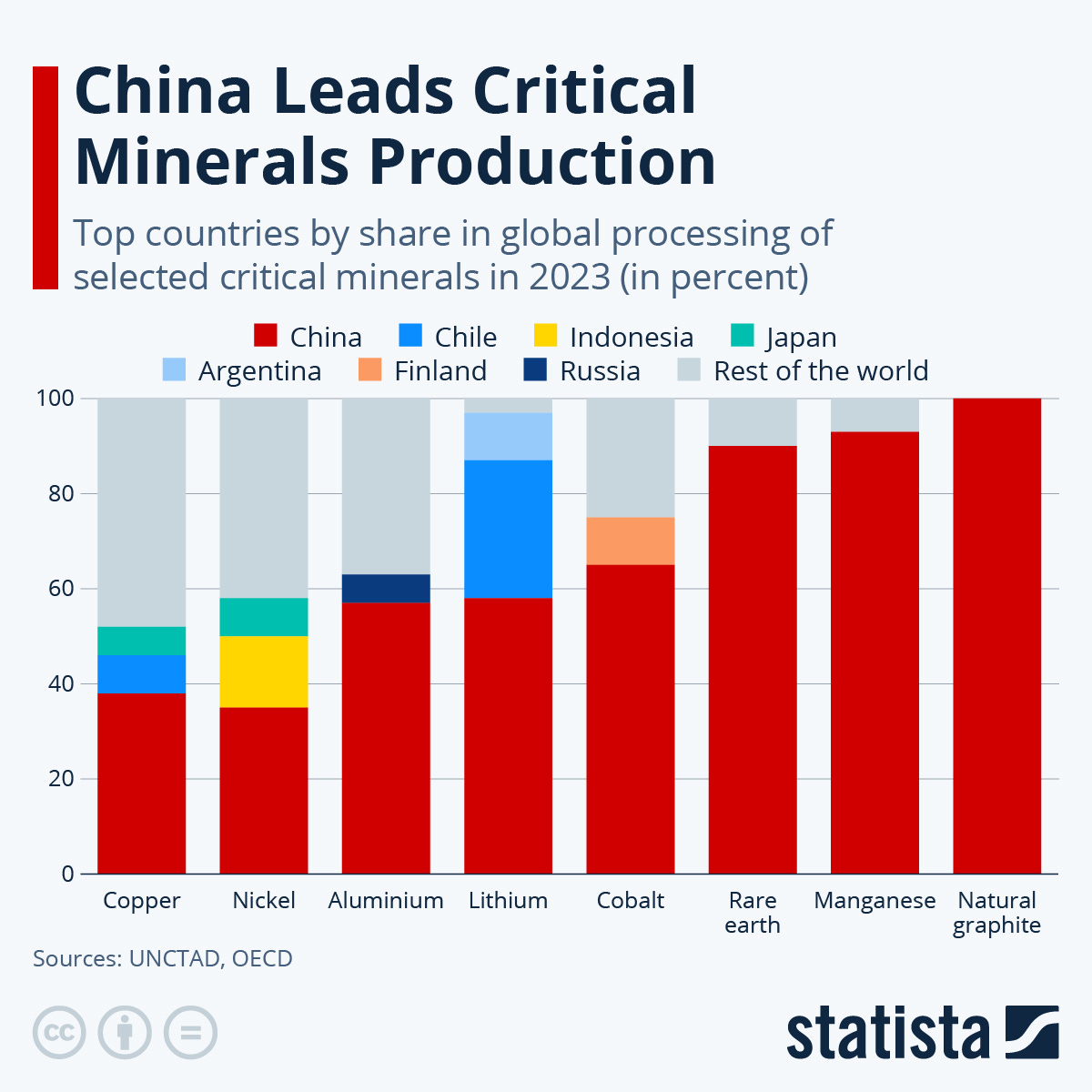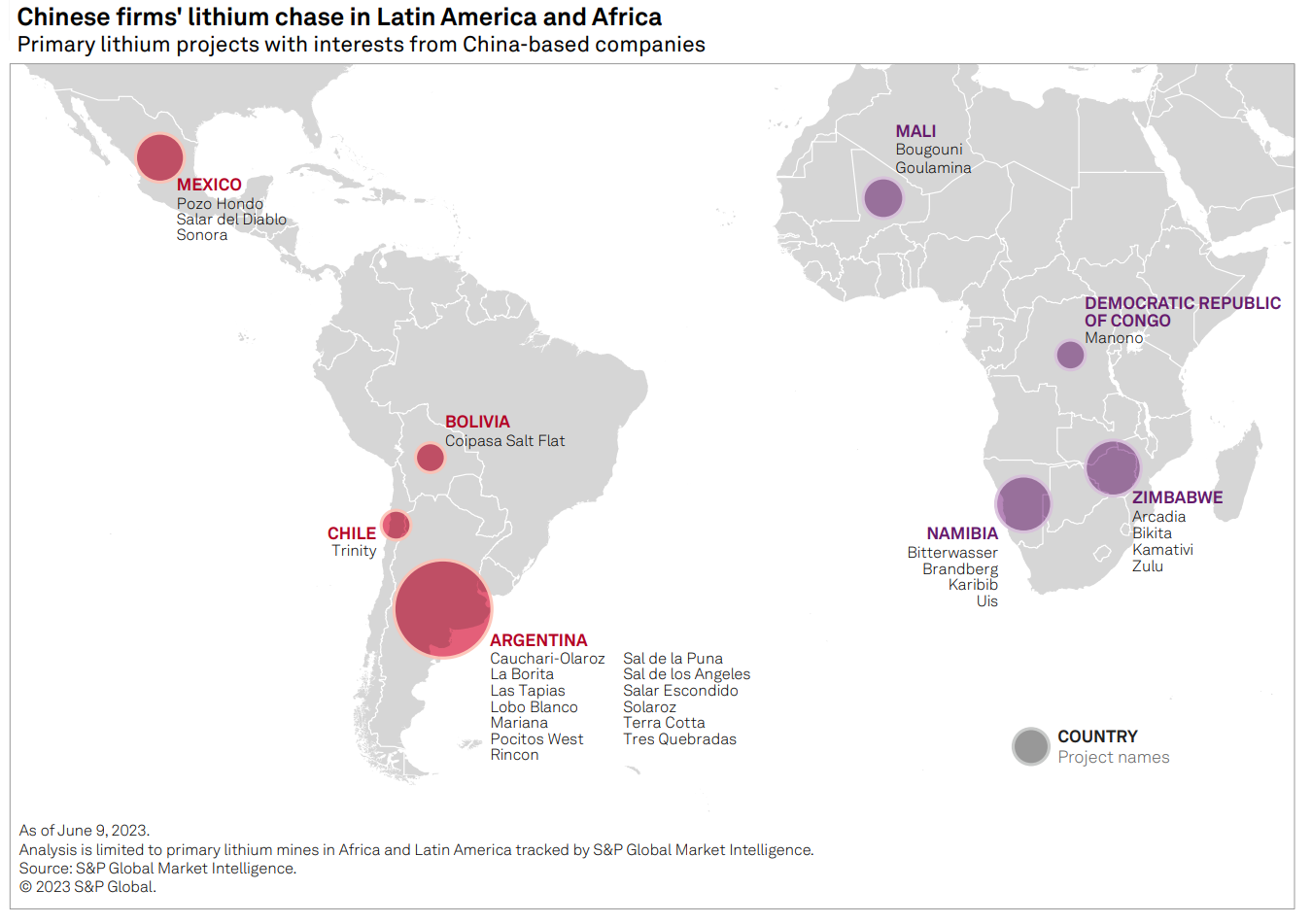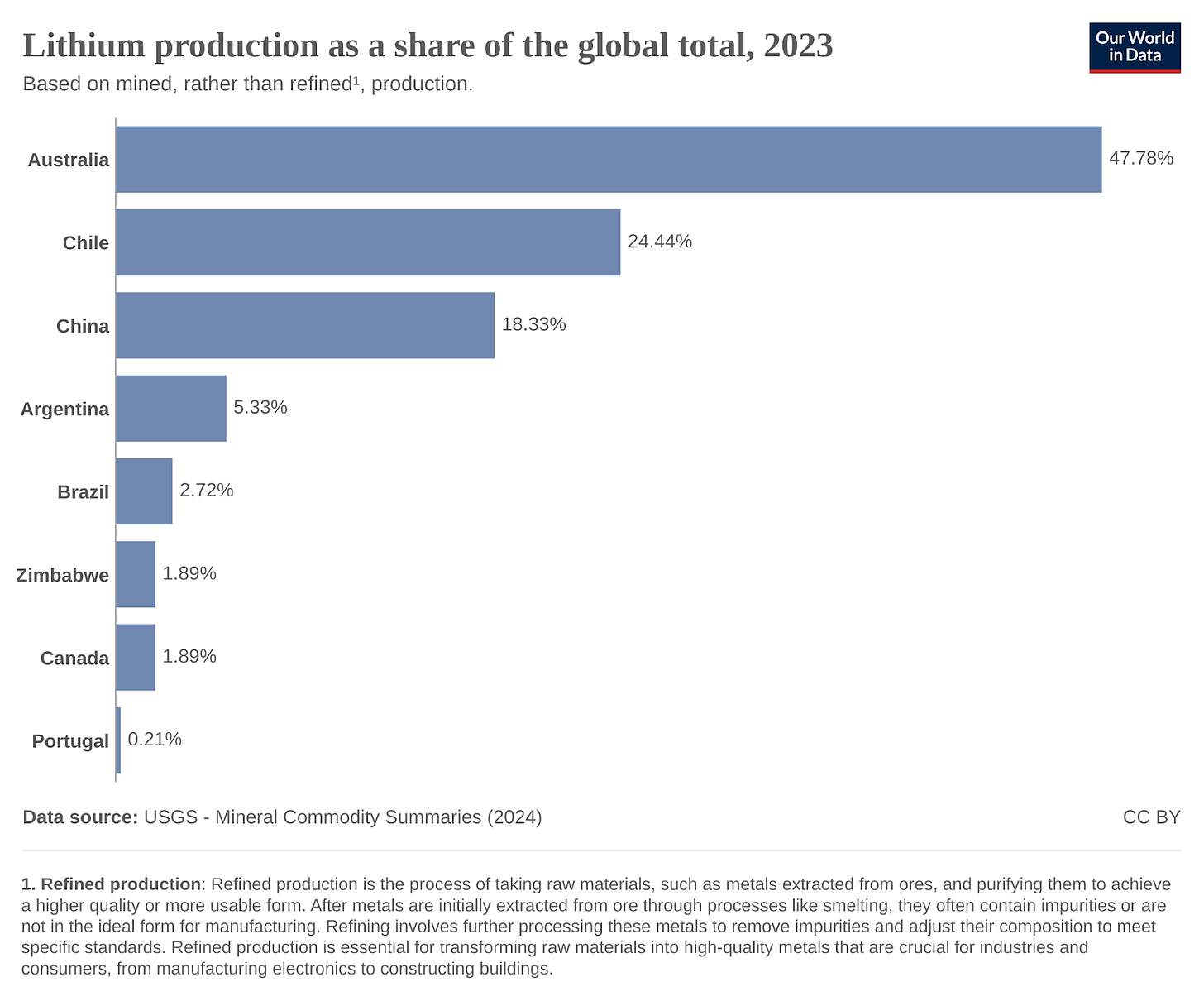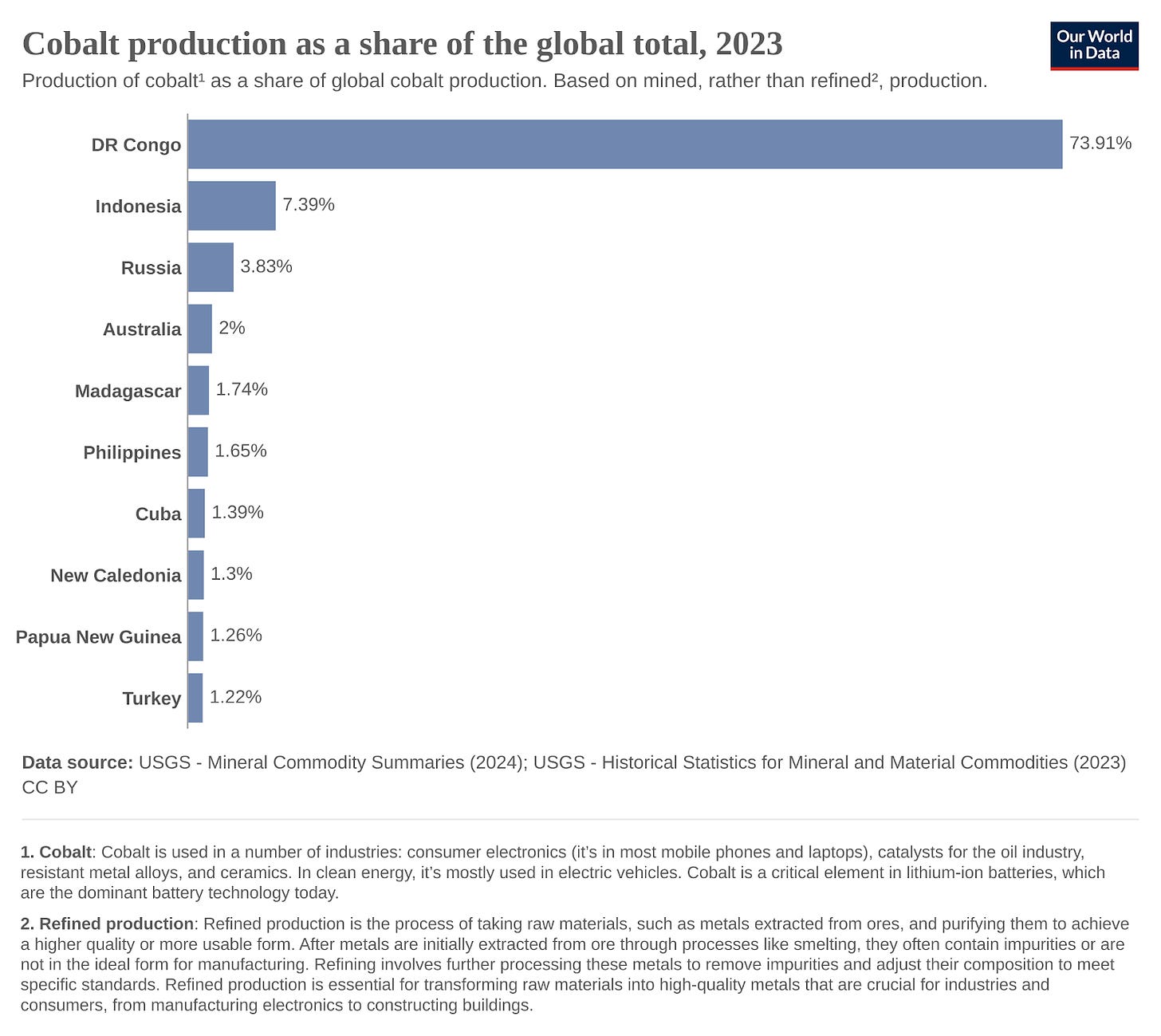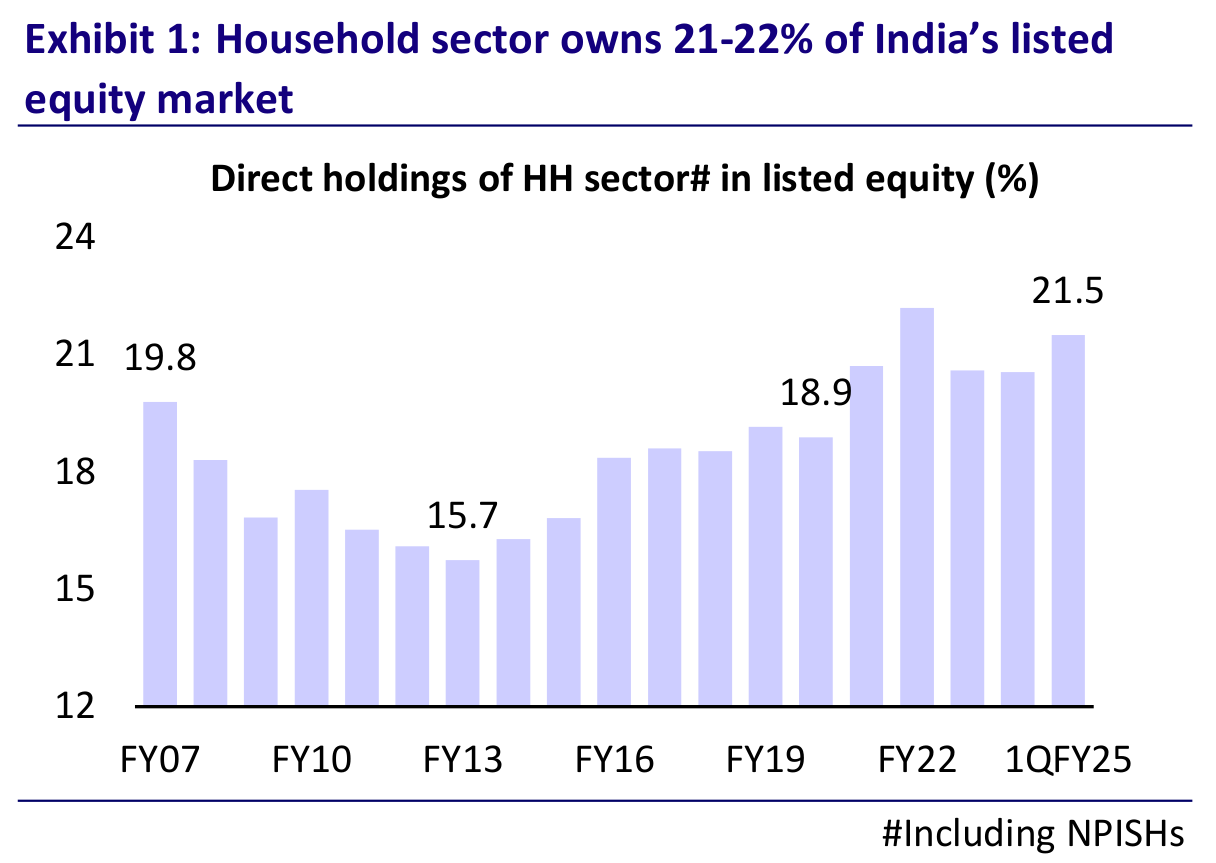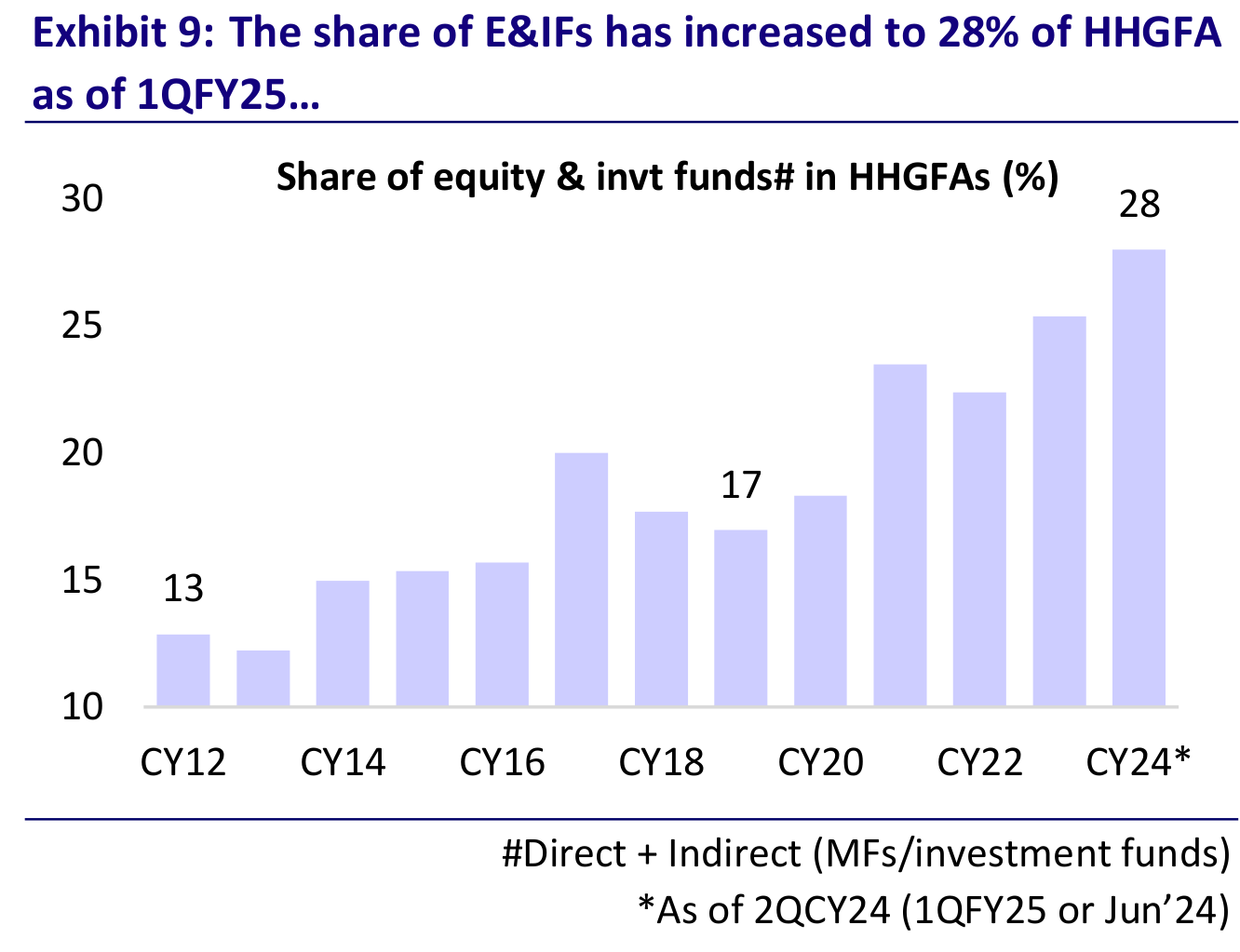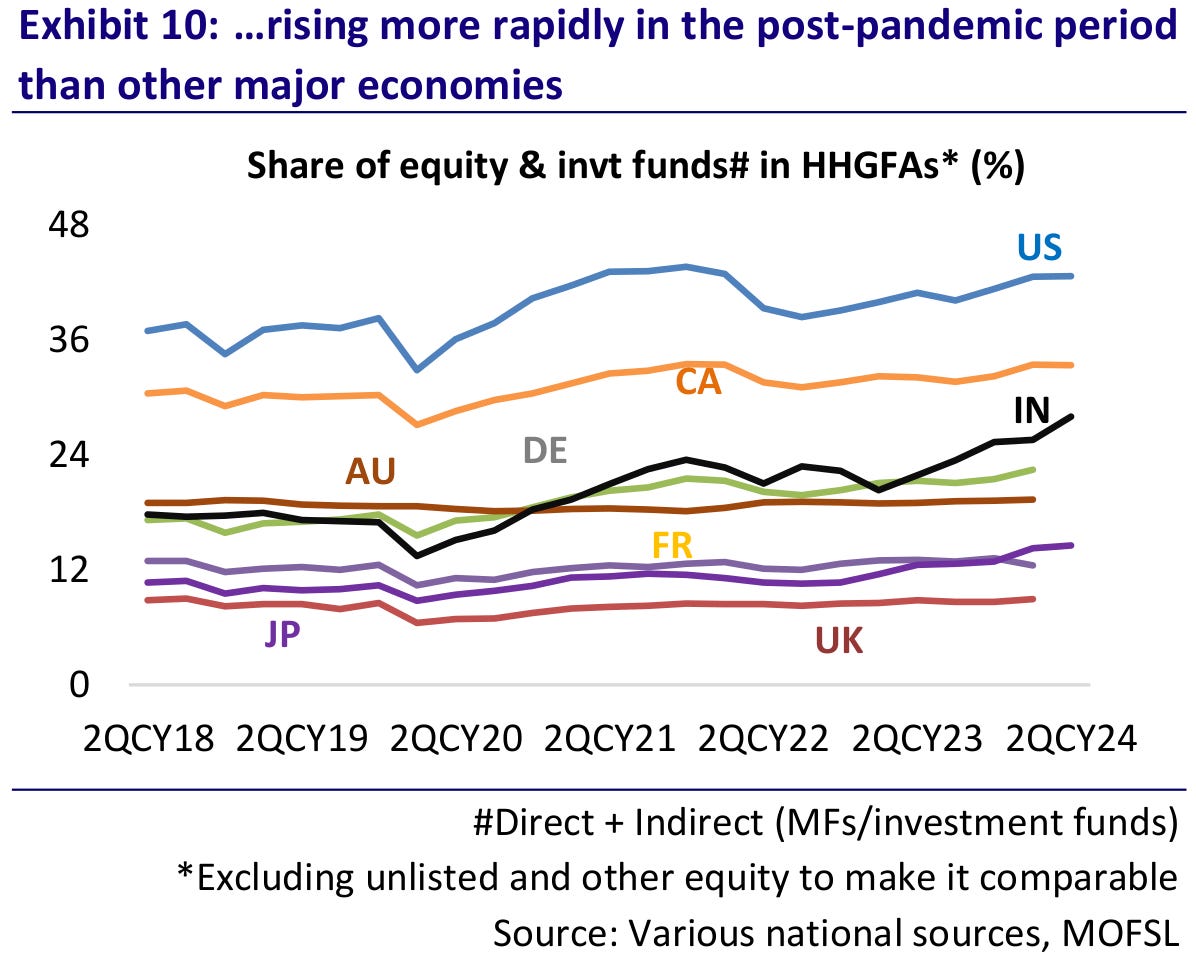Our goal with The Daily Brief is to simplify the biggest stories in the Indian markets and help you understand what they mean. We won’t just tell you what happened, but why and how too. We do this show in both formats: video and audio. This piece curates the stories that we talk about.
You can listen to the podcast on Spotify, Apple Podcasts, or wherever you get your podcasts and video on YouTube.
You can also listen to The Daily Brief in Hindi.
Today on The Daily Brief:
- India-America bhai bhai
- Indians are no more playing it safe
India-America bhai bhai
India and the U.S. just teamed up. The two countries signed a deal to secure a steady supply of critical minerals like lithium and cobalt—key ingredients for making EV batteries and clean energy tech. But it’s not just about digging up minerals; they want to build a stronger system to explore, process, and even recycle these resources, keeping both countries ahead in the green energy race.
Before we dive into the details, let’s break down what critical minerals are.
Critical minerals are essential for many technologies we use today, from smartphones and electric vehicles to renewable energy systems and defense equipment. Minerals like lithium, cobalt, neodymium, dysprosium, and graphite have special properties that make them vital for producing the advanced tech we rely on.
For example, rare earth elements are crucial for making strong magnets used in wind turbines and electric motors, while lithium and cobalt are needed for rechargeable batteries.
These minerals are clearly important, but there’s a problem—their supply is vulnerable because most of their production happens in just a few countries. This makes the global supply chain fragile and prone to disruptions. As demand for green tech and advanced electronics grows, ensuring a stable supply of critical minerals becomes crucial.
And here’s the kicker—China has a tight grip on both mining and refining these minerals, creating a global dependency that countries like the U.S. and India are eager to reduce.
To give you an idea of how big this issue is, China controls:
- About 70% of global rare earth production
Source: Our World In Data
- Around 58% of the world’s lithium refining
- 80% of the world’s cobalt refining
Source: Statista
Even though countries like Australia are the top producers of lithium (around 50%) and the Democratic Republic of Congo supplies around 70% of the world’s cobalt, most of these raw materials still get shipped to China for processing.
Source: S&P Global
Source: Our World In Data
Source: Our World In Data
China’s dominance over the production and processing of these critical minerals makes it a key player in the green technology value chain, from electric vehicles to wind turbines. Simply put, the green transition can’t happen without China—at least, not right now.
This isn’t just about production; it’s also about control. China has the power to disrupt global supply chains by restricting exports of critical minerals. A recent example is antimony, a mineral used in semiconductors and defense technologies. In the past, China limited exports of antimony, which hit the U.S. semiconductor industry hard.
Another example is China’s 2023 decision to restrict exports of germanium and gallium, two minerals crucial for semiconductors, solar panels, and defense systems. This move raised concerns globally and disrupted production in the defense and electronics sectors.
Now, imagine a worst-case scenario where a war breaks out between the U.S. and China. The disruptions to the global economy would be enormous—what we saw with energy disruptions during the Russia-Ukraine war would seem mild in comparison.
So why does the India-U.S. deal matter?
Both countries want to diversify their supply chains and reduce their dependence on China. It’s that simple. For India, this deal secures the materials needed to support its growing EV market and clean energy goals. For the U.S., it ensures a more stable supply of these minerals without relying so heavily on China.
India, despite its ambitions in clean energy and EVs, lacks domestic production of key minerals like lithium and cobalt. This deal helps India get access to the critical materials it needs to speed up its transition to green energy. India’s future could also benefit from recycling technologies and urban mining, which involves extracting valuable minerals from used electronics and batteries, contributing to a circular economy.
For the U.S., the goal is to reduce its reliance on China’s refining capabilities, especially as geopolitical risks grow. A diversified supply chain is essential for national security, clean energy, and emerging technologies. That’s why partnerships with countries like India are so important for long-term stability.
This deal is a significant step toward reducing global dependence on China for critical minerals. While the partnership between India and the U.S. is still in its early stages, it signals a shift toward more collaboration as countries prepare for a greener, more sustainable future.
As demand for these minerals continues to rise, deals like this are crucial for building a stable, secure supply chain. Though the India-U.S. deal isn’t the final solution, it’s an important first step toward challenging China’s dominance in this space and supporting cleaner energy production.
Indians are no more playing it safe
Not too long ago, Indian households were known for their conservative investment choices—you know, things like fixed deposits, gold, maybe a bit of property. But times have changed, and so have we. In just a few years, household participation in India’s stock market has skyrocketed, and today, we’re here to take a closer look at just how big that shift really is.
Let’s start with some recent data. Research from Motilal Oswal, using estimates from the Reserve Bank of India, reveals something interesting—household participation in the stock market has grown significantly, especially since the pandemic. As of June 2024, Indian households directly own about 21.5% of the country’s listed stock market. This percentage has been steady at 21-22% over the last few years, but it’s a big jump from the 16-17% range we saw back in 2011-2016.
Now, if we compare this to other major countries, that 21-22% figure is actually pretty impressive. In most major economies (except for the U.S.), household ownership of listed stocks usually falls between 11% and 18%. The U.S. is the outlier here, with nearly 40% owned by households, but India’s 21-22% still shows a level of involvement that stands out.
But there’s more to the story than just direct stock ownership. Indian households are also investing indirectly through mutual funds, and this area is growing fast. By June 2024, the total size of India’s mutual fund industry reached about ₹61 lakh crore. And guess what? Households—including both retail investors and high-net-worth individuals—now hold about 63% of these assets, up from 55% in 2019 and 50% a decade ago. So, not only are people investing directly in stocks, but they’re also turning to mutual funds more and more to get into the market.
When you combine both direct stock ownership and indirect investments through mutual funds, Indian households’ total exposure to financial markets was around ₹134 lakh crore by the first quarter of FY25. To give that some context, that’s about 44% of India’s GDP. While this might seem small compared to the U.S., where household exposure is over 160% of GDP, it’s actually quite close to the 30-55% range seen in most advanced economies.
This shift isn’t just a number on paper—it’s a sign that Indian households are changing how they manage their money. Here’s another stat for you: the share of equities and mutual funds in total household financial assets has jumped from 17% in 2019 to 28% in 2024. While we’re still behind countries like the U.S., where that figure is 43%, it’s solid progress and shows that Indian households are getting more comfortable with investing in the stock market.
So, the next time someone says Indian households are conservative investors, remember—things are changing. The rise in stock market participation and the growth in mutual fund investments show that Indian households are becoming more financially savvy and open to taking smart risks for better returns.
Tidbits
- Blackstone is raising a $10 billion Asia-focused private equity fund, and they’re prioritizing India over China due to challenges in China’s investment environment. This could bring a massive wave of capital into India’s market, opening up investment opportunities across various sectors.
- Temasek is in talks to acquire a 10-15% stake in Haldiram, valuing the company at $11 billion. If this deal goes through, it could pave the way for Haldiram’s IPO, showing the growing interest in India’s consumer market.
- OpenAI boosted its liquidity to $10 billion after securing a $4 billion credit line. This comes after the $6.6 billion funding we discussed in a previous episode. Despite expected losses, investor confidence remains strong thanks to projected revenue growth.
- BSE will keep Sensex weekly derivatives but will discontinue Bankex weekly expiries due to SEBI’s new rule limiting weekly expiries. We went into detail on this in last Friday’s episode, so check that out if you want to know why SEBI made this move!
Thank you for reading. Do share this with your friends and make them as smart as you are ![]()
If you have any feedback, do let us know in the comments


